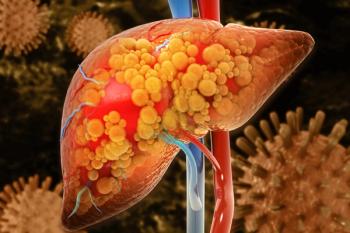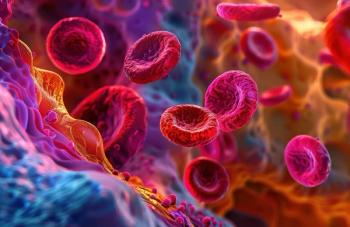
Improving Precision and Outcomes of Cancer Surgery
An imaging agent that can eliminate the unknown and help instill confidence in a surgeon’s ability to successfully remove all cancerous tissue is being evaluated by surgical oncologists at Duke University.
An imaging agent that can eliminate the unknown and help instill confidence in a surgeon’s ability to successfully remove all cancerous tissue has now been developed by a company in North Carolina, and is being tested in clinic by surgical oncologists at Duke University.
LUM015 was developed by Lumicell, a company that was founded by scientists from MIT. With real-time cancer detection, research conducted by scientists at Lumicell is geared toward developing agents, techniques, and surgical equipment that can aid the ability of the operating surgeon to clearly view the margins of a tumor, resulting in a clean surgery. Current imaging techniques like magnetic resonance imaging and computed tomography may not be as precise in helping surgeons visualize the tumor margins or cancerous tissue surrounding the tumor. This can have a significant impact on reducing cancer recurrence, both locally and at distant sites, avoid the need for follow-up surgeries, and improve outcomes.
The fluorescent agent was evaluated by surgeons at the Duke University School of Medicine, and the results of the study
Senior study author David Kirsch, MD, PhD, faculty at Duke University, said, “At the time of surgery, a pathologist can examine the tissue for cancer cells at the edge of the tumor using a microscope, but because of the size of cancer it's impossible to review the entire surface during surgery. The goal is to give surgeons a practical and quick technology that allows them to scan the tumor bed during surgery to look for any residual fluorescence.”
Detailing the advantages of this technique, senior study author Brian Brigman, MD, PhD, also at Duke, said, “If this technology is successful in subsequent trials, it would significantly change our treatment of sarcoma. If we can increase the cases where 100% of the tumor is removed, we could prevent subsequent operations and potentially cancer recurrence. Knowing where there is residual disease can also guide radiation therapy, or even reduce how much radiation a patient will receive.”
While the authors continue to evaluate the safety of this agent in another trial in 50 breast cancer patients, the authors have
This model, if it holds true, could have a significant impact on cancer patients as well. With a promise of improving outcomes, the technique can help shed the uncertainty associated with the fear of cancer recurrence.
Newsletter
Stay ahead of policy, cost, and value—subscribe to AJMC for expert insights at the intersection of clinical care and health economics.












































